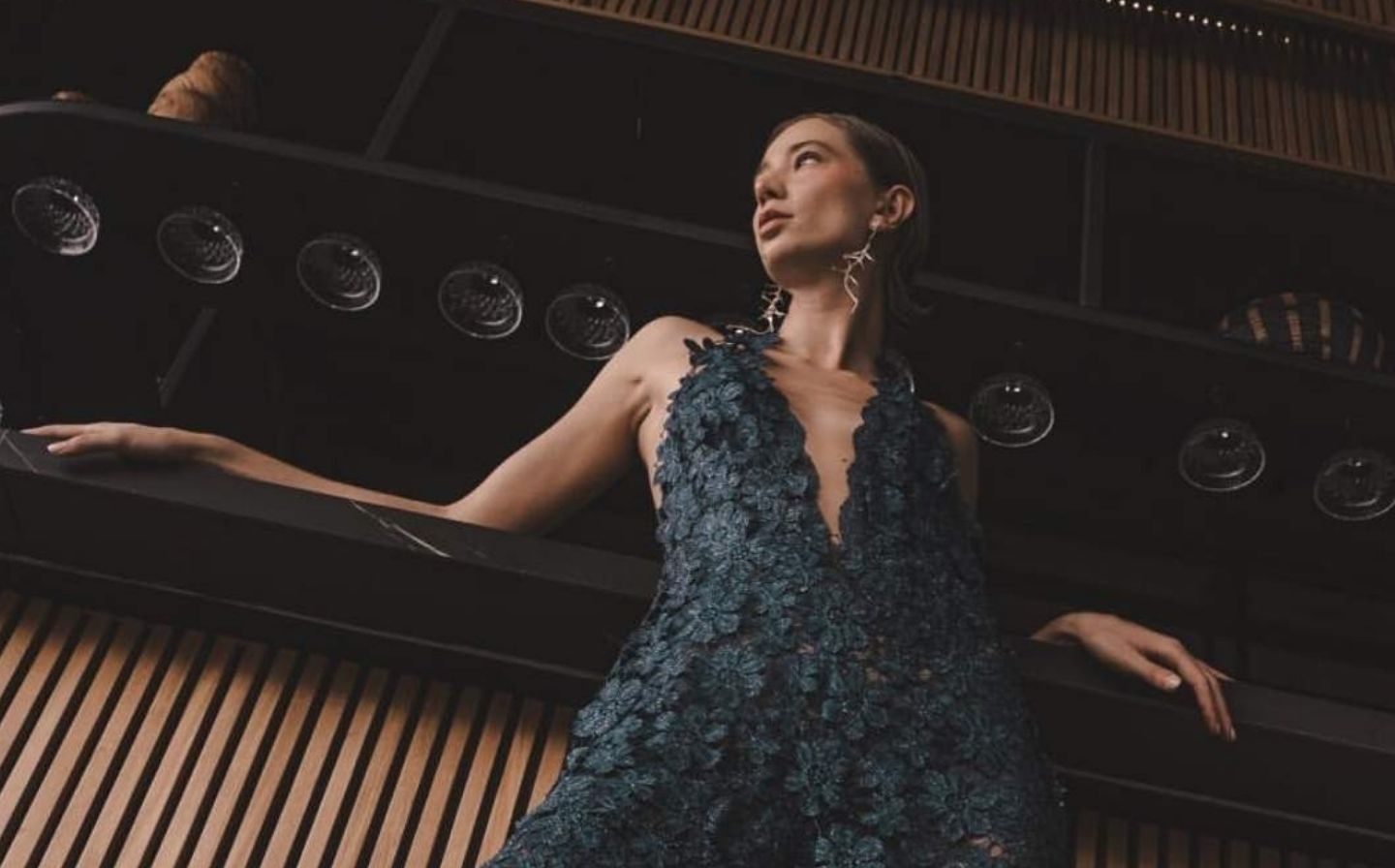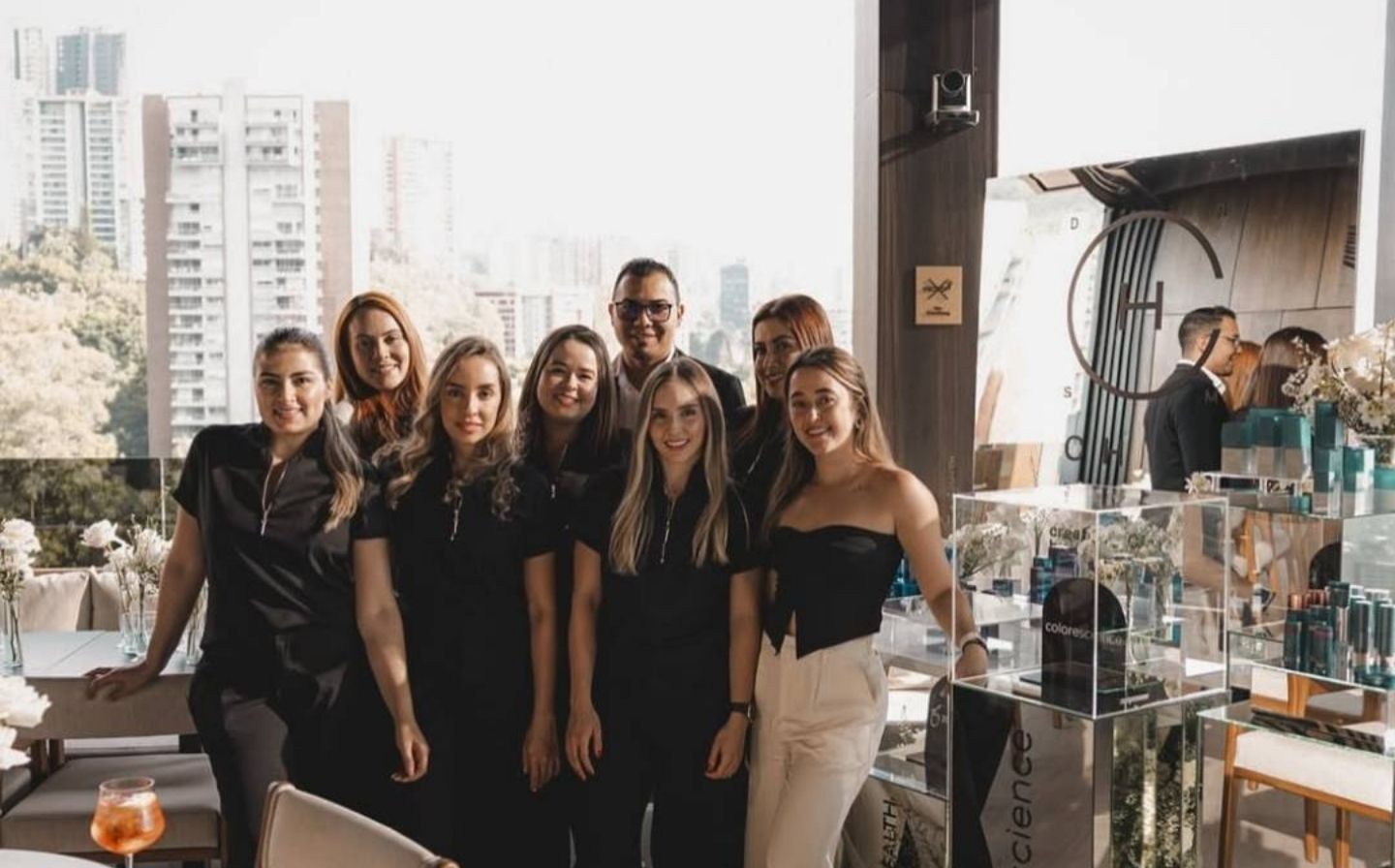At La Makha, the concept of “catch of the day” goes far beyond simply selecting the freshest fish. It becomes a statement of gastronomic principles: an exercise in creativity, technique, and deep respect for Colombian seafood. The star dish that embodies this philosophy is a masterful composition where chayote, bijao, and creole cilantro—ancestral ingredients—are reinterpreted through a contemporary lens. This dish not only celebrates Colombia’s marine wealth but also pays homage to traditional techniques and flavors, elevating them into a gourmet experience without precedent.
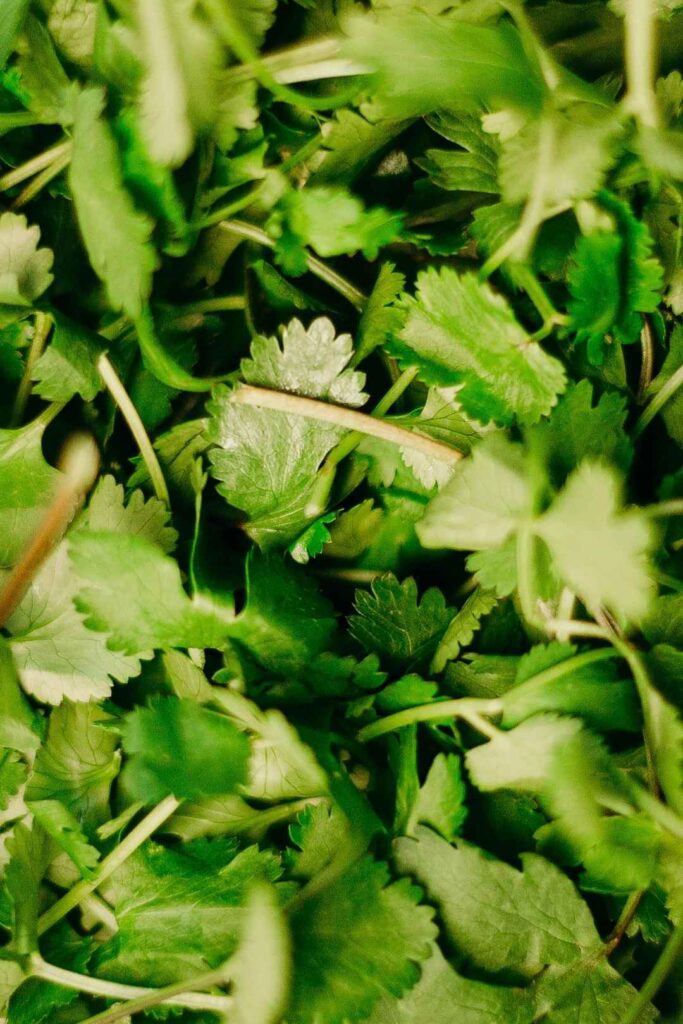
1. The Inspiration: From Sea to Jungle, a Dialogue of Flavors
The inspiration for this dish was born from a journey by Chef David Suárez Estrada along Colombia’s Pacific coast. There, he observed how local communities cooked fish wrapped in bijao leaves over embers, accompanied by native vegetables and wild herbs.
Gourmet Reinterpretation: The chef took this rustic essence and translated it into his kitchen using avant-garde techniques, preserving the soul of the dish while transforming its expression.
Sensory Narrative: The dish tells a story of connected biodiversity: the fish represents the sea, the bijao the jungle, the chayote the Andes, and the creole cilantro the home gardens of Colombia.
2. Ingredients: The Protagonists of a Flavor Symphony
Each component was meticulously selected for its symbolism, flavor, and texture.
A. The Fish: Sustainability and Freshness
Type: Depending on the season and the daily catch, it may be red snapper, grouper, or jack, always sourced from artisanal fishing.
Cooking Technique:
Low-temperature cooking: The fish is briefly seared and finished in a precision oven at 58°C, resulting in a silky, juicy texture that melts on the palate.
Crispy skin: The skin is dehydrated and fried separately at high heat, creating a crackling texture that contrasts with the softness of the flesh.
B. The Chayote: The Versatile Vegetable
Origin: Also known as guatila, this vegetable is underutilized in fine dining despite its versatility.
Preparation:
Smoked chayote purée: Roasted in its skin over guava wood, then pressed and strained into a velvety purée with subtle smoky notes.
Dehydrated chayote chips: Thin slices are dehydrated for 12 hours to create a transparent, crispy chip that crowns the dish.
C. The Bijao: The Essence of the Jungle
Cultural Significance: This ancestral leaf has long been used by indigenous communities to wrap food and cook it over steam.
Modern Application:
Bijao powder: The leaves are washed, dried, and ground into a dark green powder with earthy, herbal aromas.
Bijao oil: Coconut oil is infused with bijao, producing an aromatic liquid emulsified with lemon juice for the sauce.
D. The Creole Cilantro: The Fresh Touch
Differentiation: Unlike common cilantro, the creole variety has smaller leaves, a more citrusy aroma, and less bitterness.
Use in the Dish:
Creole cilantro air: Using spherification techniques, a light foam is created that bursts in the mouth, releasing a fresh aroma.
Cilantro microgreens: Tender sprouts are used as garnish, adding both a visual and flavor accent.
3. Presentation: Art on the Plate
The presentation is minimalist yet deeply symbolic, designed to evoke a Colombian coastal landscape.
Base: An abstract smear of smoked chayote purée simulates beach sand.
Center: The fish fillet is placed on the purée, with the crispy skin facing up.
Touches of Color: The emulsified bijao oil is dotted around with a spoon, simulating ocean waves.
Height: Chayote chips are placed vertically into the purée, evoking coastal palm trees.
Final Touch: Creole cilantro air and microgreens are delicately scattered, representing the sea breeze and coastal vegetation.
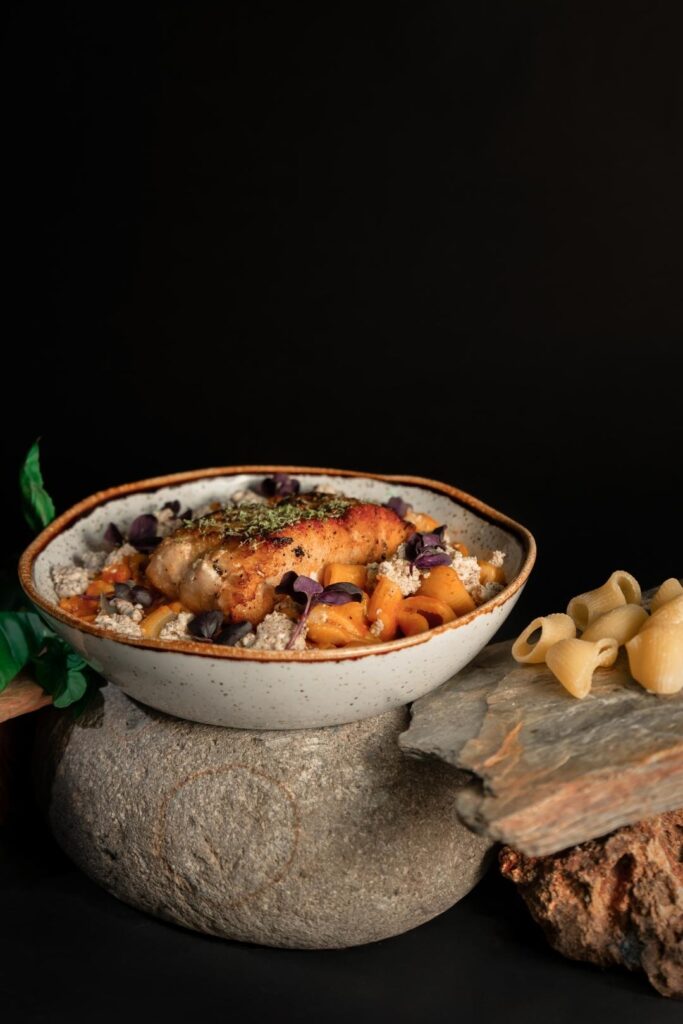
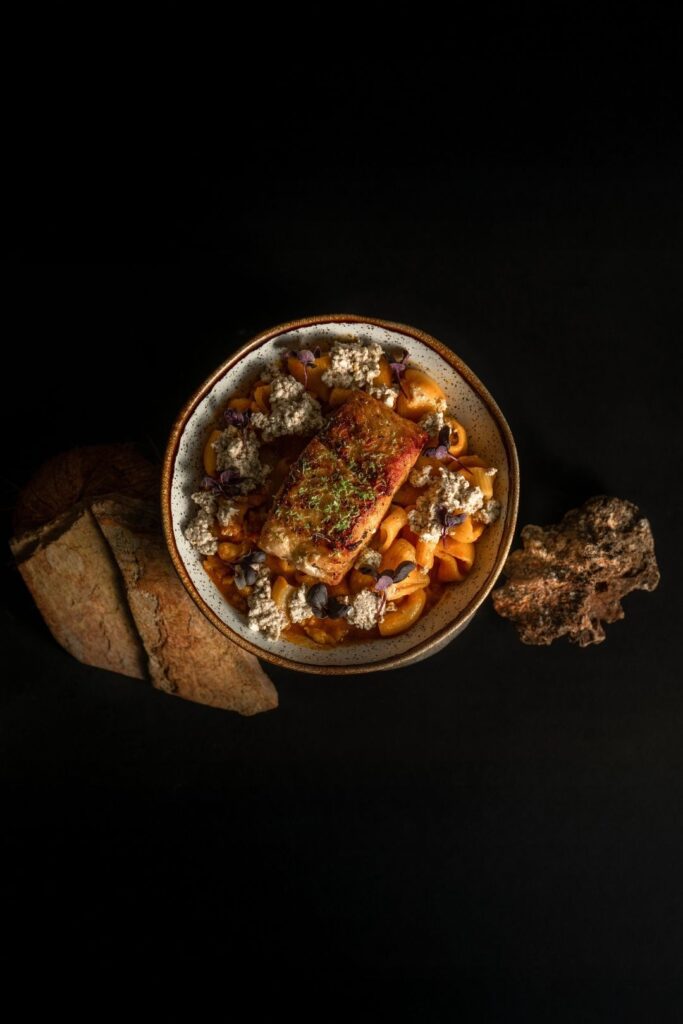
4. Harmony of Flavors and Textures
The impact on the palate is sequential and deliberate:
Texture: The contrast between the crispy skin, juicy flesh, and chayote chip creates a playful experience.
Flavors:
The umami of the fish.
The citrus acidity of the bijao and lemon sauce.
The explosive freshness of the cilantro air.
The smoky earthiness of the chayote purée.
Finish: The aftertaste is clean and lingering, with pleasant herbal notes from the bijao.
More Than a Dish, a Statement
This dish is the perfect example of La Makha’s philosophy: to innovate without forgetting, to sophisticate without pretending. By taking humble ingredients and ancestral techniques, the team achieves a creation that speaks of identity, territory, and future. It is a reminder that true culinary creativity does not lie in importing exotic products but in rediscovering the infinite potential of the local.
Ready to Experience This Reinvention of the Sea?
This dish is just one example of how La Makha is redefining Colombian gastronomy.
Reserve your table to taste the reinvented catch of the day and the seasonal menu.
